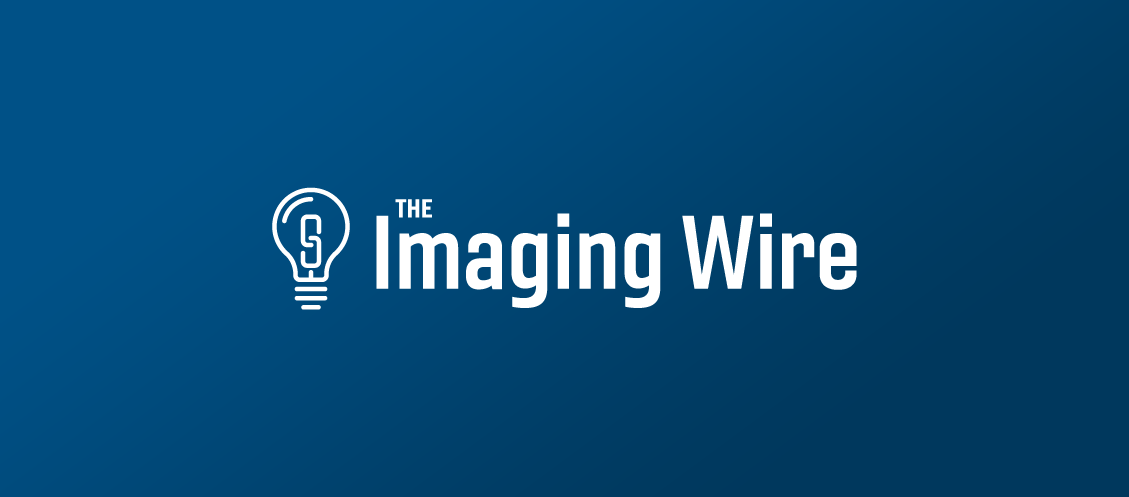Medicare reimbursement to physicians per beneficiary has declined over the last 16 years, with radiologists among the biggest losers. That’s according to a new study by the ACR’s Harvey L. Neiman Health Policy Institute, which confirms what many physicians already knew: they are working harder for less money.
It’s no secret that the US government has been struggling to rein in healthcare costs for decades.
- As we’ve discussed previously, the US pays far more for healthcare as a share of GDP than other developed countries.
CMS has a number of tools at its disposal for controlling Medicare and Medicaid costs, one of which is the relative value unit (RVU) scale.
- RVUs – when multiplied by monetary conversion factors – basically set the amount of money the agency pays physicians per unit of work, with CMS typically reducing the conversion factor when it needs to cut Medicare spending.
In the new study in the journal Inquiry, Neiman HPI researchers analyzed trends in RVU and conversion factor levels per Medicare beneficiary from 2005 to 2021, analyzing changes to calculate how much work providers have to do to deliver a unit of care. Findings included …
- Reimbursement per Medicare beneficiary after inflation adjustment fell 2.3% for physicians as a whole
- Radiology saw one of the biggest declines in MPFS reimbursement per beneficiary, ranking 31st on a list of 39 medical specialties, with a 25% decrease
- Reimbursement has risen 207% for non-physician practitioners
What’s driving the declines? The Neiman HPI researchers identified the federal government’s budget neutrality rules for Medicare, which stipulate that increases in one area have to be offset by declines elsewhere.
- Indeed, CMS has made no secret of the fact that it wants to shift more payments to primary care physicians, and that it’s willing to cut reimbursement to specialists to do so.
The Takeaway
The new findings confirm what many physicians have suspected – they are not only working harder for less, but non-physician practitioners seem to be getting a bigger piece of the pie. Combined with a recent report showing that radiologist salaries didn’t keep pace with inflation in 2023, it’s not a pretty picture.





